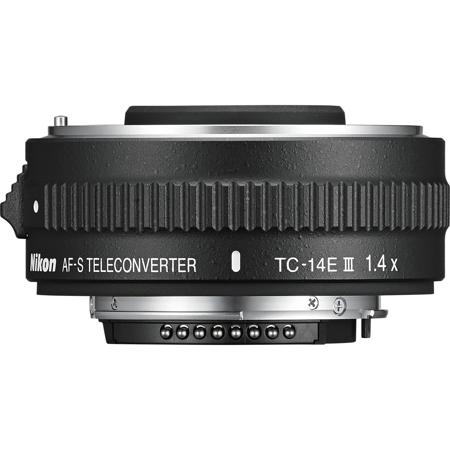
The Canon EOS R5 takes acquiring extreme detail to a new level. Learn more about the Olympus OM-D- E-M10 Mark IV at B&H. Any of the Olympus telephoto lenses complement the M10 IV, including the new 100-400mm F/5-6.3. The 15 FPS electronic shutter is on board and ready for the next step. Its 20mp sensor renders fine detail, while the 5 FPS mechanical shutter speed is a perfect entry point into the world of capturing images of birds in flight. The Olympus OM-D E-M10 Mark IV is a compact MFT that is heralded for its ease of use perfect, in fact, for birders who want to take that next step into serious avian photography. Its predecessor, the Sony a9, is still available for less and has most of the functional features of version II, whose upgrades are dominated by processor, memory card, and ergonomic improvements. Paired with Sony’s 200-600mm zoom lens, the a9 II is a world-class tool ready for any action, anytime, anywhere.

The hybrid 693-point AF is a lock-and-hold wizard capable of reliable photos of the most erratic fliers. With unparalleled image quality and a superior autofocus algorithm, the a9 II is a professional-grade body that’s right at home in the hands of an advanced amateur and a serious bird photography hobbyist. The list includes photo systems most likely to ensure success in your bird photography pursuits, whether you favor stationary subjects in portrait mode or frenetically flying raptors.įirst up is the Sony a9 II. With 2021 shaping up to be a banner year for avian photography, as the world finds ways to adapt to safe outdoor activities in the reality of the COVID era, here’s an opportunity to review some of the best mirrorless system options for birders and bird photographers. The days of guessing, presuming, and wondering if you’ve exposed properly are history. To borrow the trendy technical term “WYSIWYG” (What You See Is What You Get), the viewfinder image is precisely the exposure captured by your camera. A major draw is mirrorless’ real-exposure indicator through an electronic viewfinder. And no wonder, as each mirrorless format brings to the table a lighter, more intuitive shooting platform, perfectly suited to capturing the vast varieties of birds, whether at rest or in flight. Of particular note is the full-on drive to market mirrorless cameras to the birding community. In recent years, mirrorless has been enthusiastically embraced by legacy manufacturers such as Canon, Nikon, and Sony, which introduced mirrorless in the full-frame autofocus format.

Mirrorless technology was first introduced by Epson and Leica at the turn of the century, followed by Olympus and Panasonic, creators of the Micro Four Thirds (MFT) format. One notable bright spot is the market for mirrorless gear, which is lighter than DSLRs.

Indeed, in recent history, most marketing metrics indicate a somewhat flagging general camera sales environment. The mirrorless camera revolution underway right now is attracting untold numbers of people into the birding and bird photography ranks. The exponential growth in avian photography across all experience levels, which first accelerated with the transition from film to digital, is once again surging. They are but two new products among a spate of items currently marketed to birders. While innovations across the expanse of brands and cameras abound, two - the Olympus Micro Four Thirds 150-400mm lens and the Sony Alpha 1 full-frame mirrorless body - may well be the greatest of the bunch. When students of the evolution of photo technology look back on 2021, they will undoubtedly see it as a year of seismic generational innovation, one when truly epochal products hit the marketplace. View our roundup of the best mirrorless cameras for bird photography.


 0 kommentar(er)
0 kommentar(er)
